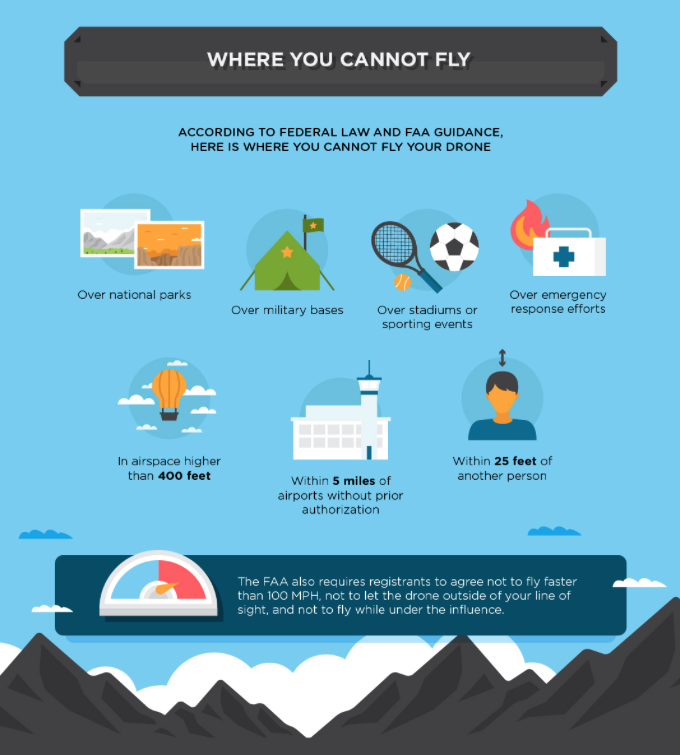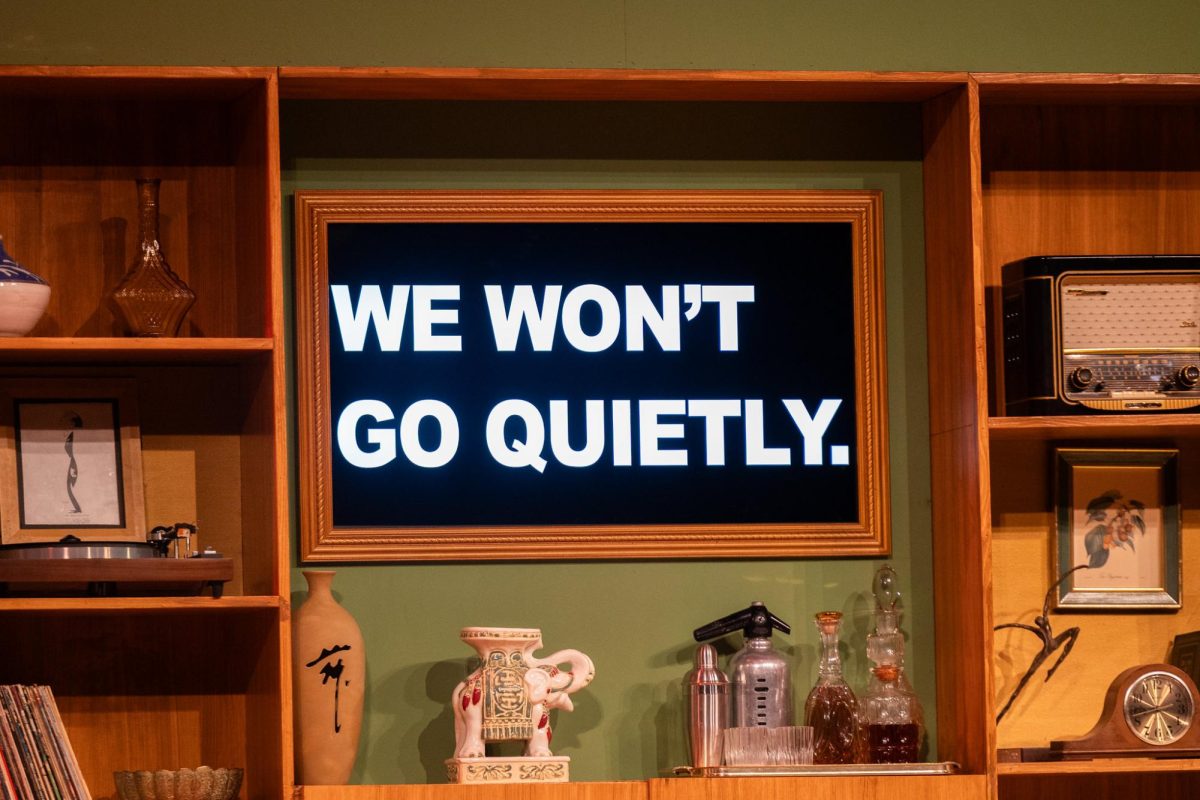If you could have one superpower, what would it be? If your answer is “flying,” then you may know of the devices, called drones, that can help make your dreams become a reality. Having made a boom in the tech market within the past decade, drones allow users to soar through the skies without ever having to lift a foot off the ground. Ironically, the sky’s the limit, as just a remote control and some propellers gets you a device that can record footage up to miles away.
Perhaps, though, the sky may be too good of a limit. Considering the capability of drones, the number of hurdles a drone buyer is faced with is astoundingly low. Walk into your local Best Buy or Walmart and you’ll be faced with a plethora of options to choose from. At the most, a buyer may be confronted by a store employee stating they need to take the store’s training classes to meet the government’s requirements to fly. In reality, however, obtaining a licence is even easier than that. According to the Federal Aviation Association, for just five dollars you can register your drone online and be in the clear to fly so long as it is not for commercial purposes. If your drone is under half a pound, registration isn’t even required. So if you have the money to spare, just insert your credit card chip and you’ll be out the door with a drone of your very own, or as the government calls them, “unmanned aerial vehicle.”
At first glance, the concept of a drone seems innocent. But with a heavy military-based history, there’s a reason the government has intervened with the public’s ownership of them. Starting with World War II, unmanned aerial vehicles were used for training, weaponry, and luring according to a timeline featured on Fortune. It wasn’t until 2010 when the Parrot AR Drone was introduced at the Consumer Electronics Show, built for consumers to control from their smartphones. Since then, some unnerving incidences have occurred involving everyday consumers controlling drones.
Drones are prohibited in numerous places, as summarazied in the infogrphaic by AllDigital Inc, a SaaS company and developer of the software product Brevity.
Though moseying your drone into private property is indeed illegal, some actions are surprisingly not. In his article, New York Times columnist Nick Bilton reported on cases where 16-year-old girls were being spied on in their own backyards, and drones were being shot down in retaliation. If you go out in your bathing suit on the beach, it is completely legal for someone to fly their drone over you and record footage. In fact, according to the New York Daily News, a 17-year-old boy was assaulted by a woman for doing just that. He, she claimed, was being a pervert. Yet court said otherwise, and the woman was charged.
Safety guidelines for them have been regularly violated too, according to Fortune. Nearly 600 drones flew too close for comfort to airports and airplanes between 2015 and 2016, going against the recommendation that consumers should not fly within 500 miles of an airport to avoid knocking aircrafts off course.
We walk a fine line by allowing drones to be so easily accessible as our privacy and safety is at stake. But there is something to be said about the benefits of owning a drone.
Videographers, artists, and explorers now have a way to get beautiful aerial shots without spending thousands of dollars on a helicopter. Those who want to access areas otherwise impossible to walk to can now do so.
Yet we must consider the dangers of letting anyone and everyone have the power to fly.
As store aisles fill up with more and more drone options for the holidays, think to yourself, is all of this too much?



































